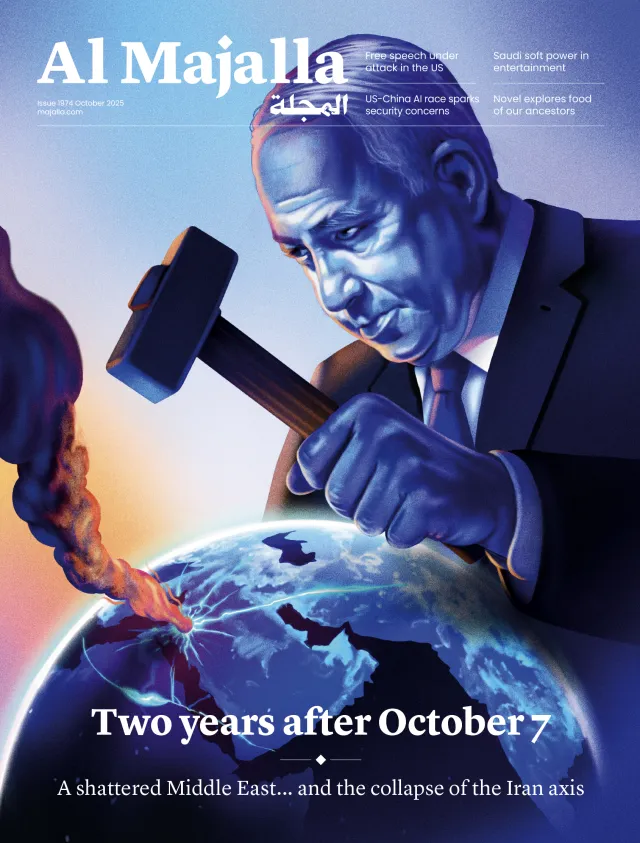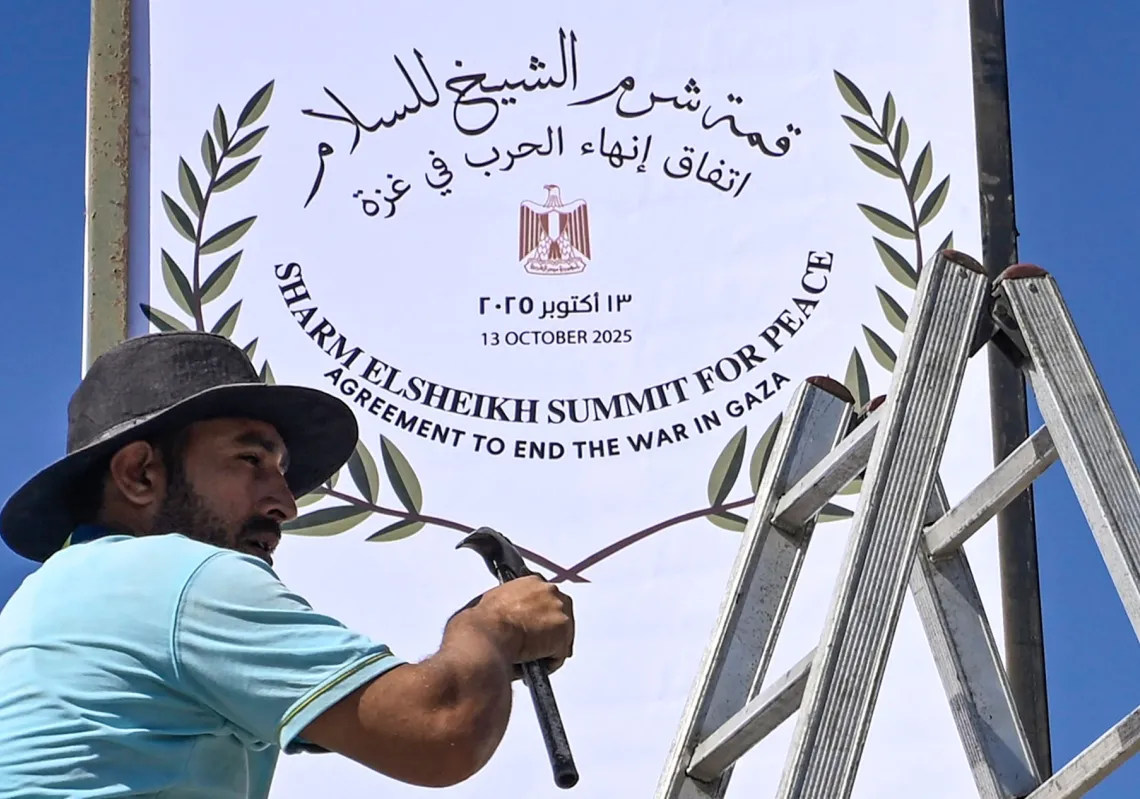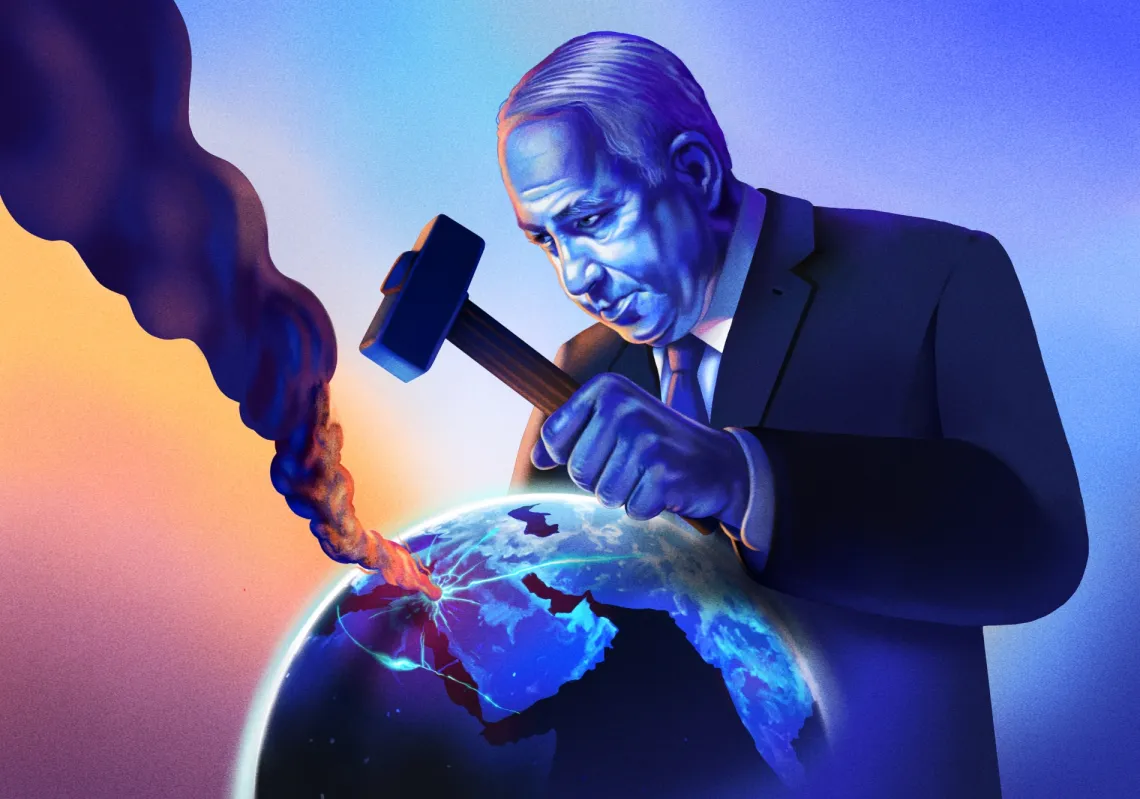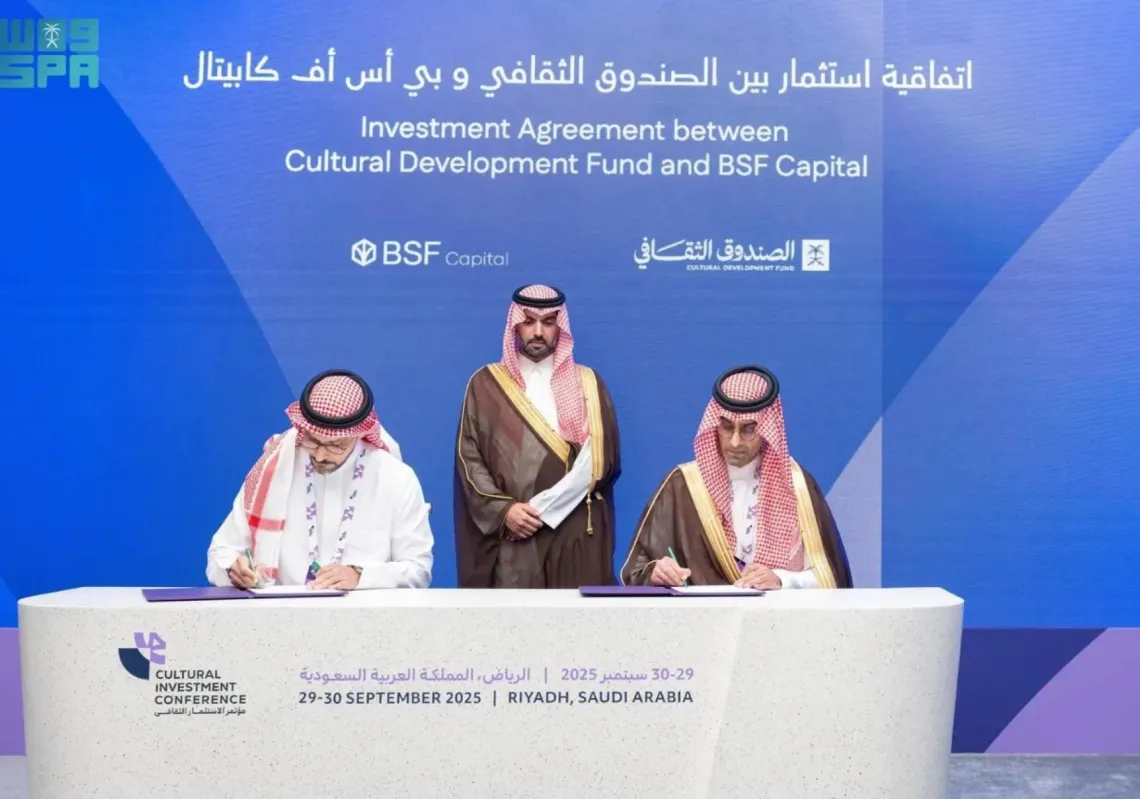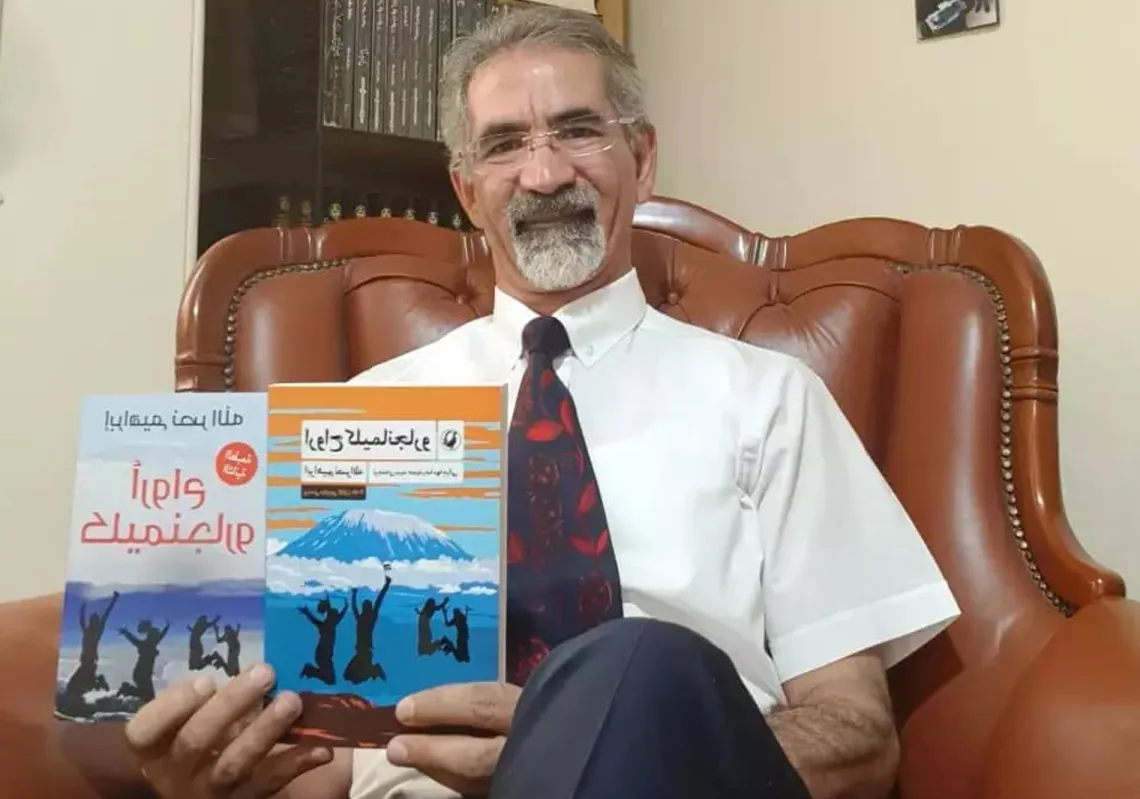 Yemeni President Abd Rabbuh Mansur Hadi (C) speaks during a session of Yemen's national dialogue in the Yemeni capital, Sana'a, on October 8, 2013. (MOHAMMED HUWAIS/AFP/Getty Images)[/caption]If 2013 has been the year of anything in Yemen, it has been the year of the National Dialogue Conference. Conceived as part of the Gulf Cooperation Council (GCC) Initiative that led to President Ali Abdullah Saleh stepping down in February 2012, the much-anticipated conference did not begin until March 2013. It started as it meant to go on, with President Abd Rabbuh Mansur Hadi’s opening speech interrupted by Houthi delegate Ali Al-Bokhaiti, until Hadi showed him where the door was should he wish to use it. In that opening session, delegates from the Southern separatist Al-Hirak movement waved the flag of the former People’s Democratic Republic of Yemen, popularly known as South Yemen. Chaotic scenes have been a fixture throughout, with the General Secretariat struggling to maintain order at times, or to enforce the strict time limits that speakers are supposed to stick to.
Yemeni President Abd Rabbuh Mansur Hadi (C) speaks during a session of Yemen's national dialogue in the Yemeni capital, Sana'a, on October 8, 2013. (MOHAMMED HUWAIS/AFP/Getty Images)[/caption]If 2013 has been the year of anything in Yemen, it has been the year of the National Dialogue Conference. Conceived as part of the Gulf Cooperation Council (GCC) Initiative that led to President Ali Abdullah Saleh stepping down in February 2012, the much-anticipated conference did not begin until March 2013. It started as it meant to go on, with President Abd Rabbuh Mansur Hadi’s opening speech interrupted by Houthi delegate Ali Al-Bokhaiti, until Hadi showed him where the door was should he wish to use it. In that opening session, delegates from the Southern separatist Al-Hirak movement waved the flag of the former People’s Democratic Republic of Yemen, popularly known as South Yemen. Chaotic scenes have been a fixture throughout, with the General Secretariat struggling to maintain order at times, or to enforce the strict time limits that speakers are supposed to stick to.
As of the first half of December, the national dialogue is still being talked about in the present tense precisely because it is continuing. That was not part of the plan. Scheduled to end in September, ongoing issues, specifically the Southern issue, have caused considerable delays, with constant assurances that a conclusion is near. The Southern separatists of Al-Hirak have repeatedly boycotted sessions or threatened to pull out completely. The leader of their delegation, Mohammed Ali Ahmed, has said that he has now pulled out completely, but he could not take all Al-Hirak delegates with him, a sign of the discord within the movement—the delegates to the national dialogue represent only a portion of the wider movement, many of whom boycotted the conference from the outset.
The most eagerly anticipated outcomes of the national dialogue center on the Southern Issue, political isolation, or the political future of those who are covered by the immunity issued in the GCC Initiative, and how much longer Yemen’s transition will take.
The most contentious issue, the Southern Issue, has led to the creation of the 8+8 Committee, in which attempts to iron out a united decision have been taking place outside the much larger Southern Issue working group. The committee is called that because eight of the committee members are Southerners, whereas the other eight are from the North. The most likely outcome being talked about is federalism. Herein lies the problem. The Al-Hirak delegation wants a federal Yemen that encompasses only two federal states, North and South. They are backed in this regard by the Socialist Party. However, Hadi, along with the General People’s Congress and the Al-Islah Party, are pressing for a number of states, perhaps four or five. Many members of Al-Hirak see this as simply a way of splitting the South, whereas those pushing for a four or five-province solution see the two-province proposal as simply a forerunner to the breakup of Yemen—which many Al-Hirak supporters would probably agree with.
What has been termed the “political isolation” law has been agreed in draft form by the Good Governance Working Group, but in a much-diluted form. Initially, political isolation was intended to—quite explicitly—prevent figures like ex-President Saleh and his son, Ahmed Ali Saleh, from being able to take part in politics. There is a great fear on the part of many of those who opposed Saleh in 2011 that he is simply waiting in the wings, with his tribal patronage systems still in place, and will possibly return to power, whether the titular president be him or his son. The youth delegates in the Good Governance Working Group who pushed a hard line on the political isolation law eventually lost out, with the draft of the decision merely opaquely referring to any future candidate for political office having a “criminal-free record,” among other general conditions. Many of the youth saw this as a betrayal by the members of the Joint Meeting Parties coalition, including the Socialists and Al-Islah, who backed down and agreed to the watered-down political isolation in order to placate Saleh’s old party, the General People’s Congress.
This watering down on the part of the Joint Meeting Parties comes as a result of the former opposition coalition not wanting to bite off more than it can chew. Its major goal is to secure for Hadi and the current government an extended transitional period, something bitterly opposed by Saleh and his supporters in the General People’s Congress. The initial understanding many Yemenis had was that the GCC Initiative stipulated that the transitional period would end in February 2014, and that presidential elections would then take place. However, UN envoy Jamal Benomar, who has faced a growing campaign attacking him backed largely by Saleh’s supporters, has recently said that the transitional period is open-ended. There is even talk of the national dialogue delegation being transformed into some sort of transitional parliament, replacing the current parliament that has massively overrun its term.
So, the end of what was supposed to be the national dialogue year draws closer, and yet the conference itself may find itself continuing into 2014. The delegates at the national dialogue have spent months hammering out what they hope will be a roadmap for Yemen’s future. And 2014 will show whether they have succeeded or not, and with the security and political situation increasingly uncertain, many Yemenis are not too positive that the whole costly exercise was worth it.
All views expressed in this blog post are those of the author and do not necessarily represent the views of, and should not be attributed to, The Majalla magazine.

